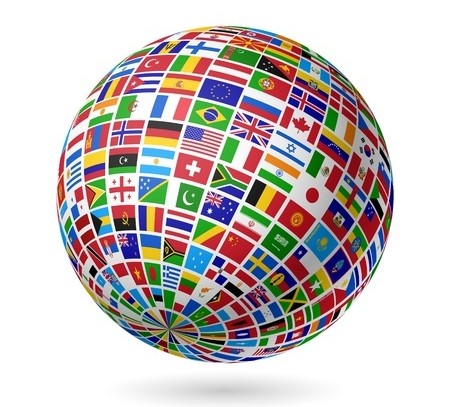The USPTO’s Patent for Humanities Program
Participating patent owners or licensees submit applications describing how they’ve used their patented technology or products to address humanitarian challenges for the less fortunate. Applications compete in five categories of global challenges:
- Medicine – any medical-related technology such as medicines, vaccines, diagnostics, or medical devices
- Nutrition – technologies which improve nutrition such as higher yield crops, more nutritious food sources, food preservation, storage, or preparation
- Sanitation – improving lives by addressing environmental factors such as clean water, waste treatment, air pollution, and toxic substances
- Household Energy – technologies providing power to energy-poor homes and communities for household needs like lighting, cooking, and heating
- Living Standards – technologies that raise living standards to empower people to escape poverty, such as literacy, education, communications, information delivery, access to markets, and microfinance
Applications will be judged by one of the following sets criteria, depending on how their technology benefits the less fortunate.
Humanitarian Use is for those applying eligible technologies to positively impact a humanitarian issue, focusing on demonstrable real-world improvements:
- Subject Matter – the applicant’s technology, which is claimed in a U.S. utility patent in force at the time or a pending U.S. utility patent application, effectively addresses a recognized humanitarian issue.
- Target Population – the applicant’s actions target an impoverished population affected by the humanitarian issue.
- Contribution – the applicant took meaningful actions to make the technology more available for humanitarian uses. This only includes actions taken by the applicant.
- Impact – the applicant’s contributions have significantly advanced deployment of the technology to benefit the target population. This includes downstream actions by third parties building on the applicant’s contributions.
Humanitarian Research is for increasing the availability of patented technologies to other researchers for conducting research with a humanitarian purpose, particularly areas lacking commercial application:
- Subject matter – the applicant’s technology, which is claimed in a U.S. utility patent in force at the time or a pending U.S. utility patent application, effectively supports research by others, e.g., as a tool or input.
- Neglected Field – the research by others clearly targets a humanitarian issue in an area lacking significant commercial application.
- Contribution – the applicant took meaningful actions to make the technology more available for research by others in the neglected field. This only includes actions taken by the applicant.
- Impact – the research by others has a high potential for significant impact on the neglected field. This includes downstream actions by third parties using the applicant’s contributions.
Qualified judges from outside PTO will review and score the applications. USPTO will then forward the top-scoring applications to reviewers from participating Federal agencies to recommend award recipients.
Source: United States Patent and Trademark Office
www.uspto.gov
Leave a Reply
You must be logged in to post a comment.

